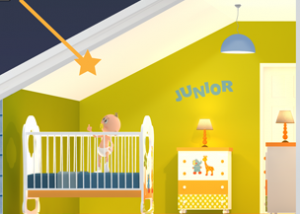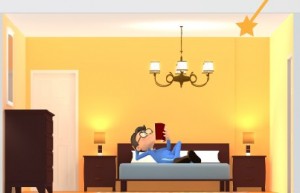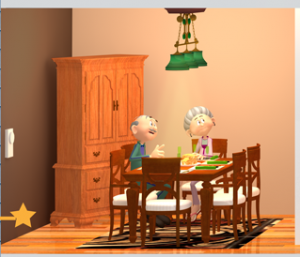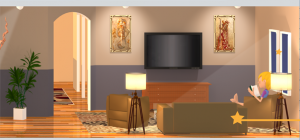Psychology of Lighting
- by David Neubert - updated on 5/30/2014
One of the most practical ways we can all begin conserving energy and doing our part to preserve the environment is by upgrading to energy-efficient light bulb types. With all the new lighting options currently available, it's important to understand which characteristics should be considered when purchasing CFL and LED light bulbs for the home. Below is a room-by-room breakdown of the recommended lighting for each unique space in a typical house.
The major elements to consider are: fixture type (eye level, recessed, chandelier, etc.), light bulb shape (A-shape, PAR, Spiral, etc.), and the right color temperature (soft or warm white, cool or bright white, and daylight – measured in Kelvin degrees – the higher the number, the more closely it resembles daylight, or 6500K).
CHILD'S ROOM – Avoid dramatic lighting, because it can be too moody, and shadows can scare little kids. Evenly-spaced lighting is best, with a soft-white color temperature of 2700K. Spiral CFLs or A-shaped, omni-directional LEDs are recommended.

MASTER BEDROOM – The opposite of the kid's room, dramatic lighting can enhance this room. Using small chandeliers and eye-level lamps create visual interest. Stay away from canned lights which lack character and decrease intimacy. Again, soft-white LEDs are a good choice here, namely omni-directional A-shaped bulbs which are also good for reading.

BATHROOM – Unlike the bedrooms, CFLs and LEDs with color temperatures in the bright-white to daylight range (5000K – 6500K) are ideal for true color accuracy and clarity. These daylight light bulbs are perfect for applying makeup and matching outfits. Again, placing fixtures at eye-level is best to minimize shadows and provide direct light on your face.

DINING ROOM – Here's where you want to implement dramatic lighting that incorporates dimming capabilities. Transitioning from an intimate affair to a more high energy event is an important consideration, and hanging fixtures above and in the middle of the focal point, usually a table, will light up the food evenly without putting the guests under a spotlight. Soft-white, dimmable LEDs in the 2700K – 3000K range are optimal bulbs for this setting.

KITCHEN – This is a room with many functions, and a range of lighting options is needed to accommodate all of them. Using bright-white lights (4100K, for example) is good for providing clear lighting in food prep areas, whereas softer tones in the 2700K range will work better for dining at the kitchen table. Recessed fixtures can provide accent light to your countertops, while chandeliers or hanging fixtures work well above tables and islands.

LIVING ROOM – Here's another room that will incorporate multiple lighting options, using both eye-level fixtures for reading and conversing, and recessed lighting to accent artwork or fireplaces to provide a welcome contrast. LED reflector bulbs, such as PARs and MR16s are ideal for these recessed or canned fixtures. Browse your range of bulb options here.

In both the kitchen and living room, the color of the walls should also be accounted for, as using warmer tones (2700K – 3000K) with a warmer color palette (reds, oranges, yellows and browns) and cooler tones (4000K and above) with cool colored walls (blues, greens and purples) will enhance every space.
In other rooms, such as basements or rec rooms, using brighter white light bulbs will be more effective at creating a true contrast between colors and providing adequate light output for performing detailed tasks and playing games.
With the range of fixtures, lamp shapes and color temperatures that can be used and interchanged to give optimal lighting in each room of our homes, picking out the exact right energy-saving bulbs can be a complex undertaking; but with the right understanding, it can be pretty fun and beneficial, too. Stop by your local Batteries Plus store, have an expert walk you through all of your options, and compare different bulbs right in the store!